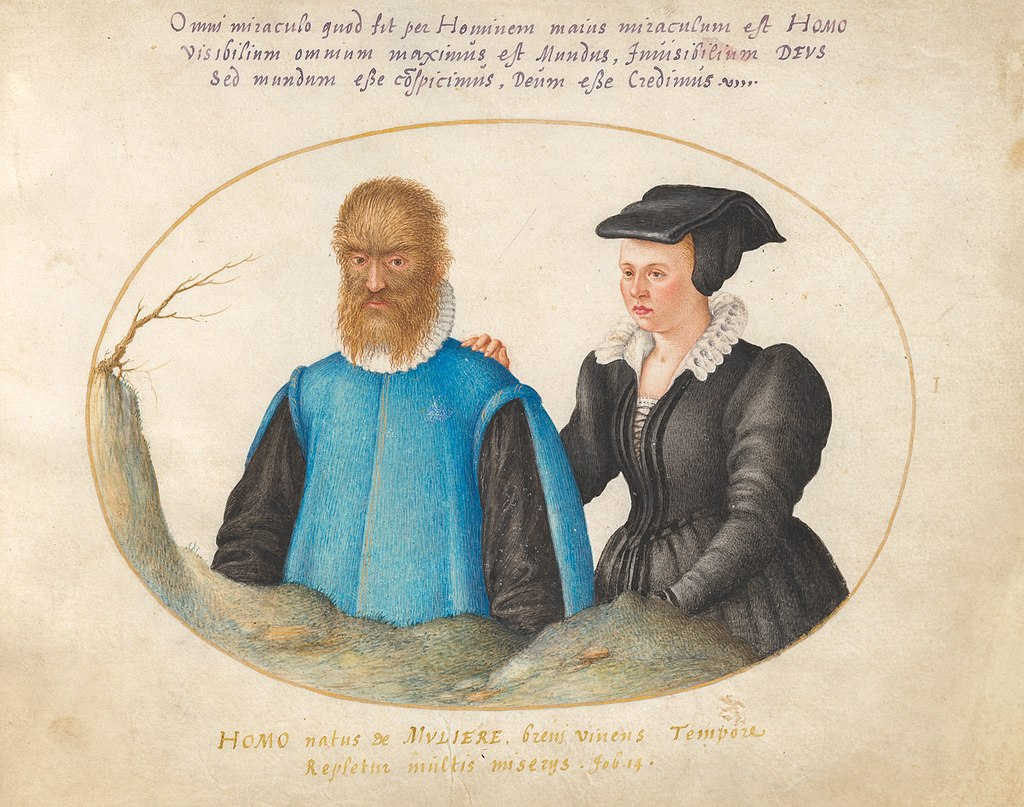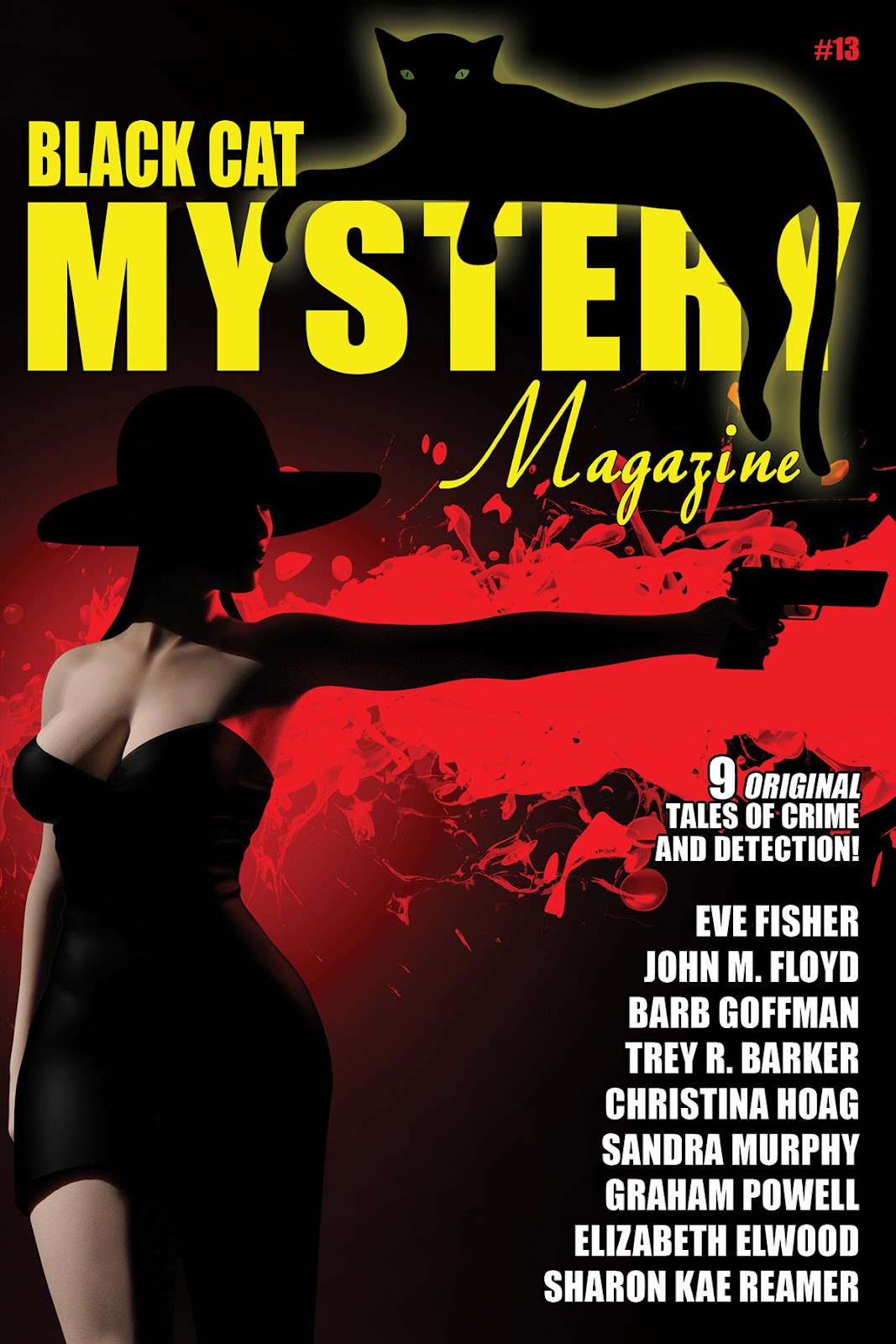I have a story in the March/April issue of Alfred Hitchcock's Mystery Magazine, my 38th appearance there, I believe.
"The Accessores Club" involves a group of criminals discussing a crime one of them has committed. If you want to know why I chose that premise, you can find out in a piece I wrote for Trace Evidence, the magazine's blog. What I want to write about today is a little different.
You see, I had to decide what sort of crime my characters would be discussing. And as I have said before, plotting (as opposed to premise or character) is the hardest part for me.
But I had recently come up with a plot device I thought would work: a nifty method for kidnappers to retrieve a ransom payment. I had a problem with using that, although I'm not sure whether to call my dilemma an ethical issue or an artistic one (if I can use a great big grown-up word like art to describe my stuff).
I have written about kidnappings before. In fact I have invented so many tales about swiped children that a co-worker of mine said he wouldn't let me near his offspring. He was kidding. I think.
But those tales had always been told from the viewpoint of the good guys (well, at least good-ish), trying to catch the kidnappers. The premise of this story would require the kidnapper to be the protagonist. And I was not comfortable with giving the main role to someone doing such a heinous deed. Especially since I was hoping this would be a funny story.
On the other hand, a ransom demand doesn't necessarily require a human victim, does it? And so my bad guy swipes a rare orchid plant and demands a hefty payment to return it.Which struck me as kind of funny. And my characters agreed. “Did you have the plant on the phone crying for mercy?” one asked.
So I chose that approach and it worked well enough to sell. But would it be appearing in AHMM if I had made another choice?
Maybe not. None of my stories about kidnapped children made it into those pages - although all of them found happy homes in other publications.
Every publication has its taboos (or at least strong preferences) and our field as a whole seems to have at least two.
For example: Why didn't I have my protagonist kidnap, say, a dog?
Because the conventional wisdom for many years has been that in a mystery you don't hurt an animal. I have been to panels at several conferences over the years where writers spoke with bemusement about the fact that you can massacre half of a small English village and still describe the book as a cozy, but heaven help you if, even in a noir thriller, you harm one whisker on a kitty's head. It's a weird thing.
I'm not sure the rule about harming children is as deeply ingrained. A few year ago I read in rapid succession novels by two well-known authors in which kidnapped children were murdered. Both books were well-written and the violence was not gratuitous, but I will admit it didn't make me eager to read their next volumes.
Last year I started work on a story inspired by actual events. I thought I had found an interesting way of recounting the tale but I froze up halfway through when I realized that two animals, family pets, were shot to death. Did I really want to write about that and endure the fury that would follow?
I decided I didn't so I put the story aside.Then one day the Muse said: Hey dummy! You write FICTION!
Oh, right. So I went back to the scene, laid my godlike authorial hand on the shooter's weapon and deflected the bullets. The dogs may have suffered psychological trauma but they were otherwise unscathed.
Whether the story sells is, of course, up to different hands.
Meanwhile, what taboos do you refuse to write about? Or read about?



.jpg)






























